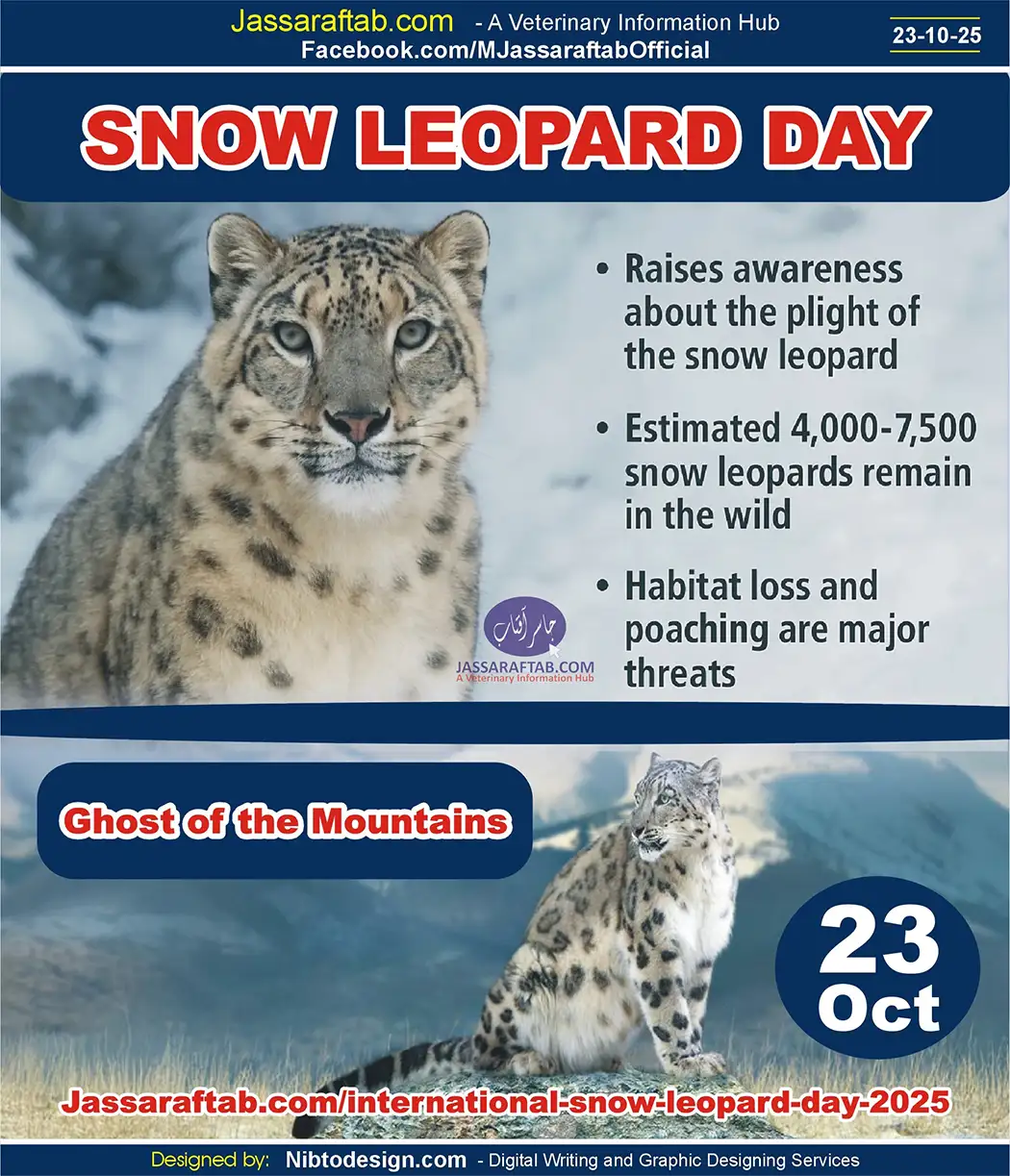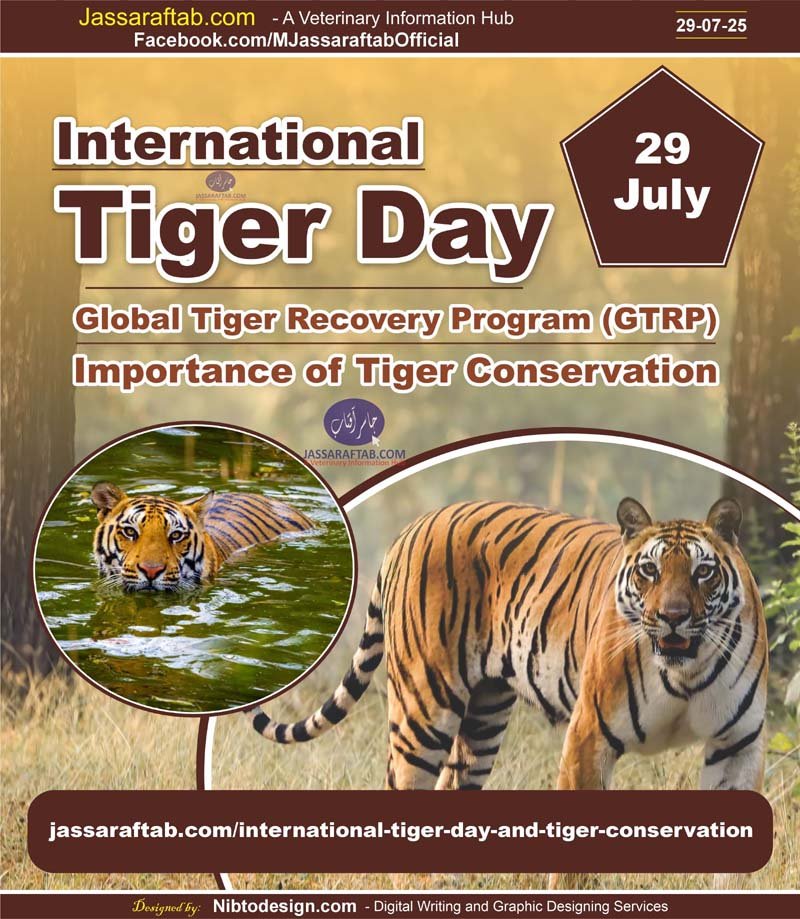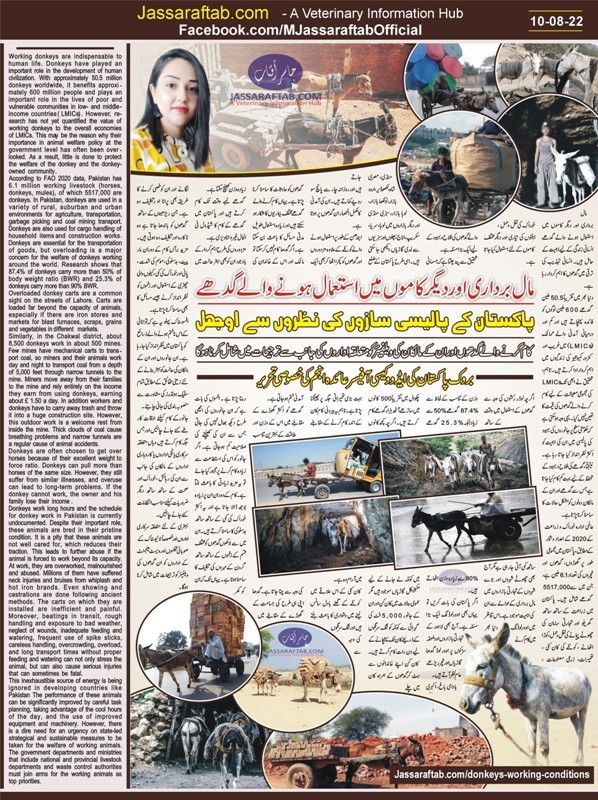International Snow Leopard Day 2025 | Ghost of the Mountains | Global Snow Leopard Conservation Efforts |Snow Leopard Trust
International Snow Leopard Day is celebrated on October 23 annually. The day aims to raise awareness about the Snow Leopard conservation and protection of their habitats. It also highlights the importance of these elusive big cats. This magnificent creature, often called the “Ghost of the Mountains,” roams across the rugged terrains of Central and South Asia. Notably, Snow Leopard Trust works hard to save these elusive big cats.
The day was initiated by the Global Snow Leopard and Ecosystem Protection Program (GSLEP), an international alliance launched during the Global Snow Leopard Forum in Bishkek, Kyrgyzstan.
History of International Snow Leopard Day
The world first celebrated International Snow Leopard Day on October 23, 2014. It marks a new era of global commitment to protect these elusive big cats also known as Ghost of the Mountains. The initiative originated from the Global Snow Leopard Forum, held in Bishkek, Kyrgyzstan, in October 2013. The Government of Kyrgyzstan hosted this landmark event, which brought together international conservationists, scientists, and representatives from the 12 snow leopard range countries.
However, these snow leopard range countries include Kyrgyzstan, Afghanistan, Pakistan, Bhutan, China, India, Kazakhstan, Mongolia, Nepal, Russia, Tajikistan, and Uzbekistan. These nations united to develop collaborative strategies for snow leopard conservation and ecosystem protection. Therefore, these countries are known as the guardians of the ghosts of the mountains.
The forum produced a historic outcome, the Bishkek Declaration. This declaration laid the foundation for the Global Snow Leopard and Ecosystem Protection Program (GSLEP). This program aims to conserve snow leopards and safeguard their fragile mountain habitats.
International Snow Leopard Day & its History – All about Snow Leopards
To further strengthen global awareness, participants officially designated October 23 as International Snow Leopard Day. The day serves to inspire global action, raise awareness about the threats snow leopards are facing, and promote the protection of their high-altitude ecosystems.
Since then, the 12 range countries, in collaboration with key partners such as the World Wildlife Fund (WWF), United Nations Development Programme (UNDP), and the Snow Leopard Trust, have continued implementing conservation initiatives under the GSLEP framework. These joint efforts focus on research, anti-poaching, community engagement, and habitat restoration to ensure a sustainable future for snow leopards.
Through this unified approach, the global community has transformed awareness into action, proving that collective conservation can protect even the most elusive big cats.
What is The Global Snow Leopard and Ecosystem Protection Program (GSLEP)?
The Global Snow Leopard and Ecosystem Protection Program (GSLEP) was launched in 2013 in Bishkek, Kyrgyzstan. Participation from 12 snow leopard range countries, had initiated this snow leopard conservation program. It uses the snow leopard as a flagship species to promote sustainable high-mountain development and ecosystem protection.
Moreover, the GSLEP unites governments, NGOs, intergovernmental bodies, local communities, and the private sector under a shared mission to conserve snow leopards and their mountain habitats. It operates through a Ministerial-level Steering Committee and has been successfully implemented for over a decade, supported by strong political will and international collaboration.
The program’s central goal, known as “Secure 20 by 2020,” focuses on identifying and securing at least 20 key snow leopard landscapes that support viable populations, healthy prey bases, and community participation. So far, 24 potential landscapes have been identified across the species’ range.
Each country has developed National Snow Leopard and Ecosystem Priorities (NSLEPs), outlining specific conservation projects aligned with GSLEP’s global vision. These national plans are supported by five Global Support Components (GSCs) that address transboundary challenges including wildlife law enforcement, knowledge sharing, regional cooperation, industry engagement, and scientific monitoring.
Over the past decade, GSLEP has strengthened research, capacity building, and community-based conservation while promoting habitat connectivity and conflict mitigation. Looking ahead, the GSLEP alliance remains committed to ensuring that snow leopards continue to thrive in harmony with people and nature. It is preserving them as living icons of Asia’s mountain ecosystems for generations to come.
Snow Leopard Conservation Status
In 1975, the species was listed in Appendix I of the Convention on International Trade in Endangered Species of Wild Fauna and Flora (CITES). Due to this, international trade involving snow leopards or their body parts is strictly banned. Later, in 1986, conservationists added the snow leopard to Appendix I of the Convention on the Conservation of Migratory Species of Wild Animals (CMS) to safeguard its cross-border movements through mountain ecosystems.
In 2017, the International Union for Conservation of Nature (IUCN) classified the snow leopard as “Vulnerable” on its Red List of Threatened Species. This status signals a high risk of extinction in the wild in the medium-term future. Scientists based this classification on continuing population declines caused by various human and environmental factors.
Snow Leopard conservation efforts
Today, an estimated 4,000 to 6,400 snow leopards remain in the wild. They are facing threats from poaching, habitat loss, and human-wildlife conflict. To safeguard their future, the Snow Leopard Trust works actively across range countries, partnering with local and Indigenous communities.
Many countries have established protected areas for snow leopard conservation and to safeguard their habitats, such as Khunjerab National Park in Pakistan, Tianshan Mountains Nature Reserves in China/Kyrgyzstan, and in other countries as well.
However, several major threats continue to endanger these Ghosts of the Mountains survival. Habitat loss and fragmentation increase rapidly as mining, roads, and overgrazing invade alpine regions. Moreover, prey depletion poses another serious problem since hunting and livestock competition reduce populations of blue sheep and ibex, the snow leopard’s main food sources.
In addition, illegal hunting and poaching persist despite international protection. Poachers target snow leopards for their fur, bones, and body parts, fueling the illegal wildlife trade across borders. Furthermore, climate change intensifies these threats by transforming high-altitude habitats and forcing both snow leopards and their prey to move higher into shrinking mountain zones.
Additionally, snow leopard range countries and conservation groups are uniting global efforts and turning awareness into action. Together, they ensure that the “Ghost of the Mountains” continues to roam freely across the world’s highest peaks.








